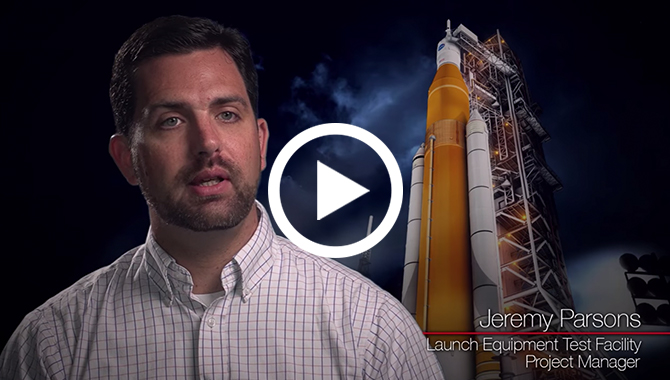
A mix of people with diverse skills and expertise and using the right technology can set up a project for success.

A mix of people with diverse skills and expertise and using the right technology can set up a project for success.
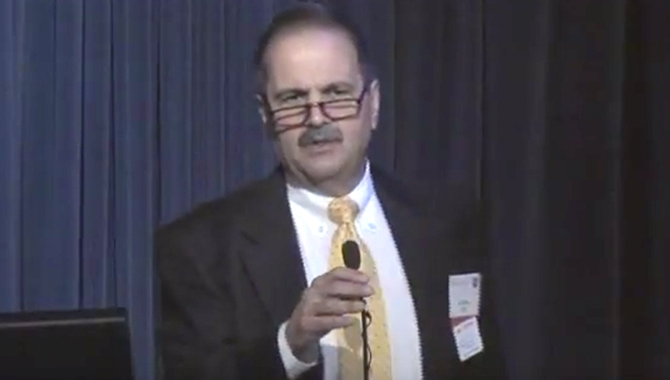
Individual accountability, teamwork and communication determine success at NASA.
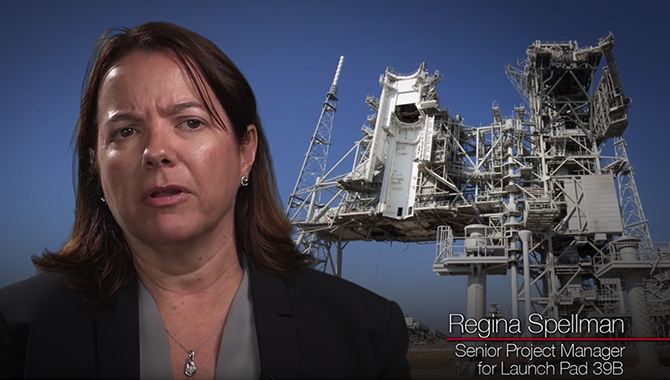
Sharing crucial information is only half the battle for successful communication.
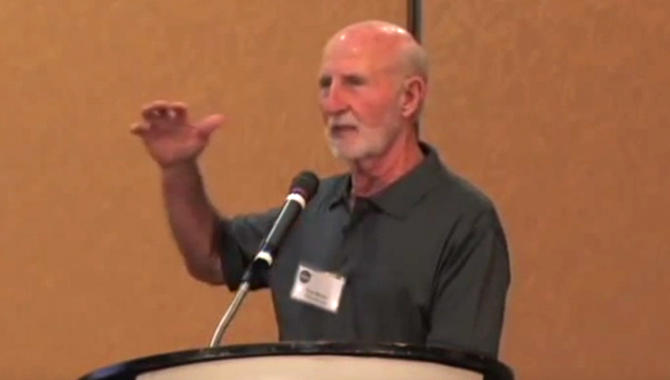
As NASA was approaching the final flight of the space shuttle, a discussion panel was held at Masters Forum 20: Passing the Torch 3 to reflect upon the many important lessons learned from the formulation, development and operation of the Space Shuttle Program.
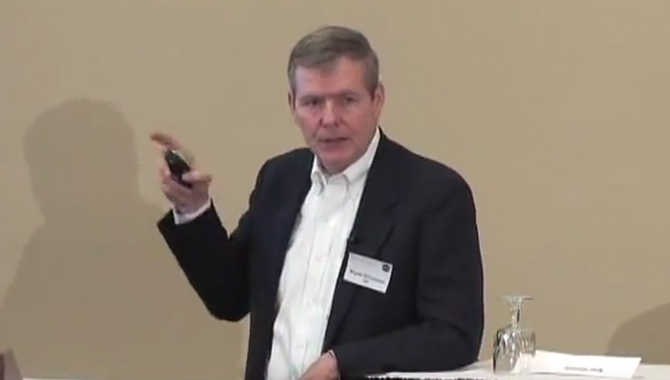
It is crucial to learn and understand as much as possible about the causes of human spaceflight mishaps to prevent them from reoccurring and to make future missions as safe as possible.
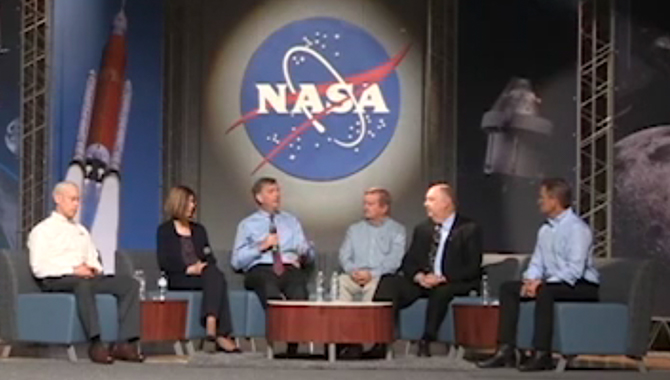
Reflecting and learning from an accident can be an emotionally painful process, but also extremely important to improving safety in the future.
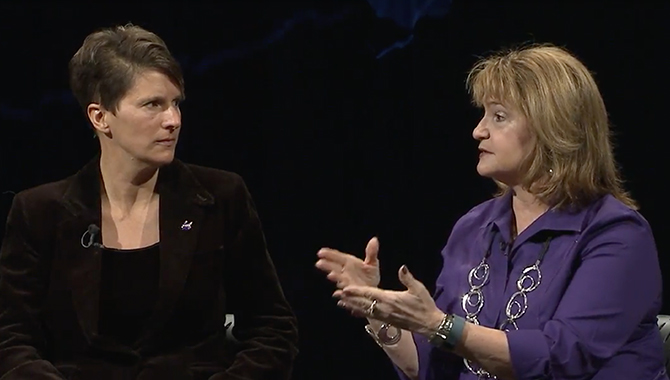
NASA individuals and teams must collaborate effectively to make their missions a success due to the complex nature of their work.
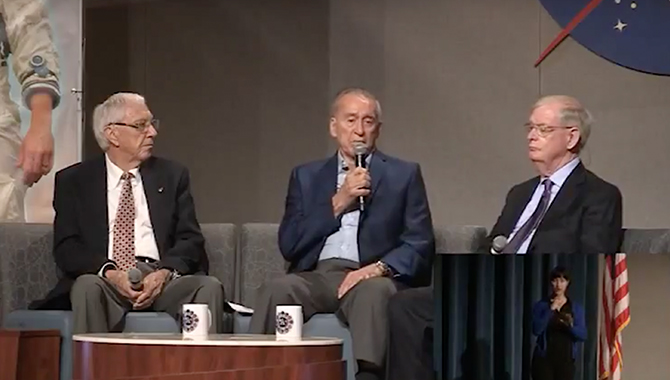
The Apollo Program and the Apollo 1 fire led to several lessons that NASA should never forget.
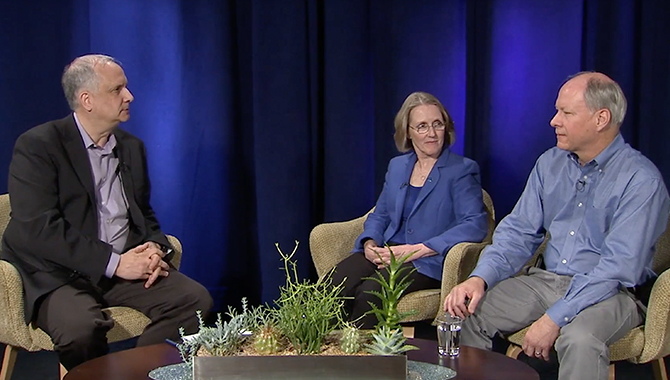
An example or model of a productive and effective team can help leaders monitor and benchmark their own team’s performance.